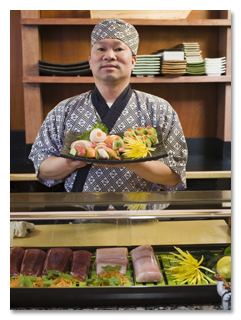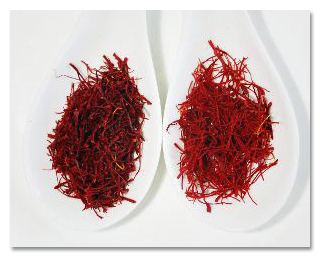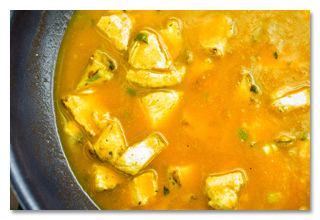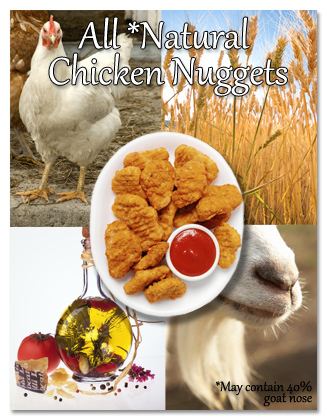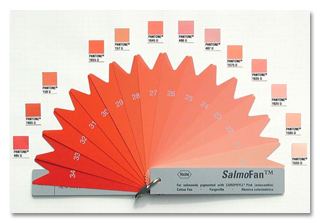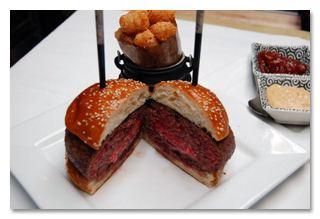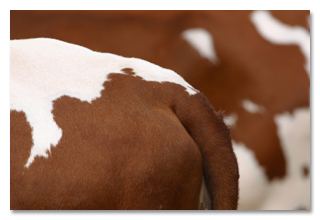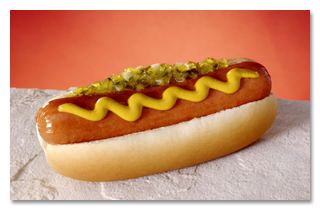chickenman
Premium Member
Supporter
- 10,698
- 438
For me its raw milk, butter and cheese.This is a really informative thread, chicken man. i'd be interested in your views on dairy products (specifically MIlk and Cheese) and the associated health risks.
MONSANTO AND rbGH (Posilac) Monsanto Chemical Co., maker of fine poisons such as DDT, agent orange, Roundup and more... spent around half a billion dollars inventing a shot to inject into cows... to force a cow to produce MORE milk (for an already glutted taxpayer subsidized market). Unfortunately, they created *FIVE* errors in their Frankenstein Posilac (rbGH) shot that direly affected all test animals... but that important report (Richard, Odaglia & Deslex, 1989) has been hidden from everyone under Clinton's Trade Secrets act. The Canadians read enough of this report (before it was stolen) to reject rbGH for their country. Monsanto's Posilac creates additional IGF-1 in milk: up to 80% more. The Food and Drug Administration (FDA) insists that IGF-1 is destroyed in the stomach. If that were true, the FDA has proven that breast feeding cannot work. Common sense says their "finding" is ridiculous because this growth factor DOES make the baby calf grow (rapidly, as mother natured intended). Visit the Dairy Education Board at http://www.notmilk.com/deb/100399.html to review a DAIRY study that confirms what the FDA has lied about this for years. IGF-1 INCREASES This study involved two groups. One group consuming 12 ounces of milk a day and the other consuming the USDA recommended allowance of 24 ounces (three cups). This report notes that the participants consuming 12 ounces more milk per day... HAD A 10% RISE IN IGF-1 IN THEIR BLOOD SERUM! Now, consider that PER DAY, from ALL sources, the typical milk/dairy consumer ingests approximately 39% of daily diet from dairy... and that 10% increase becomes the "tip of the iceberg". We have NO idea of the non-dairy versus full-dairy difference but considering cancer rates... it has to be significant.
extract copied from - http://rense.com/general26/milk.htm
Also the idea that eating too much cooked food like bbq, may increase your risk of cancer as the cooking process releases free radicals which are carcinogenic.
http://drbenkim.com/articles-freeradicals.html
http://www.chiro.org/nutrition/FULL/Defeating_Free_Radicals.shtml
We have dairy goats milk daily during season, freeze couple hundred gallons for winter.
Pausterization, all the other crap in store milk, not real milk.
Real milk comes from our friends out back.
We take great care of them they give us real nutrition...
BBq in moderation over lump coal or hardwoods probably is ok....







